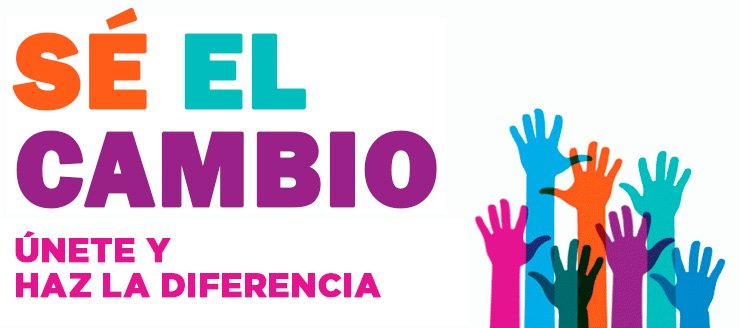The geographic area of projection (south-eastern Petén)
The association works mainly in the southeastern area of the Department of Petén, mainly in the municipalities of El Chal, Dolores, San Luis, and Poptún.
El Chal is located 432 kilometers from Guatemala City, to get there you must take a bus from the following companies: Línea Dorada, Fuente del Norte, AND, or Rápidos del Sur, which will take you to El Chal, after passing through San Luis, Poptún and Dolores. To arrive by plane, you must travel 60 kilometers from the Mundo Maya International Airport in Santa Elena towards Guatemala City (South). The bus ride from the capital can take approximately 7 hours and 45 minutes by road.
It was separated from the municipality of Dolores on February 4, 2014.In its municipal seat is the Mayan archaeological site of the same name.
Population
13,351. Men 6,509 - Women 6,842
Boundaries and boundaries areas
El Chal is located 50 kilometers from the departmental capital of Petén, bordered to the north by Santa Ana, to the south by Poptún and Dolores, to the east by Dolores, and to the west by San Francisco and Sayaxché.
Culture and Identity
The population of the municipality is distributed in 85.20% non-indigenous (ladino) and 14.80% indigenous, where the majority belongs to the Q’eqchí ethnic group. (INE, 2002). This is the same data for comparison with the municipality of Dolores, as it was part of the municipality in 2002.
Dolores is 401 km from Guatemala City; to get there you must take a bus from the companies Línea Dorada, Fuente del Norte, ADN or Rápidos del Sur, which arrive in Dolores after passing through San Luis and Poptún. To arrive by plane, you must travel 80 km from the Mundo Maya International Airport in Santa Elena towards Guatemala City (south). The bus ride from the capital can take approximately 6 hours and 45 minutes by air.
Population
42,280. Male 20,613 - Female 21,667.
Boundaries and boundaries areas
Dolores is located in the department of Petén and is 68 km from the municipal capital of Isla de Flores. Its borders are to the north with the municipalities of Santa Ana, Melchor de Mencos, Santa Elena de la Cruz, and Flores. To the west with San Francisco and Sayaxché, to the south with Poptún, and to the east with the neighboring country Belize.
Culture and Identity
The population of the municipality is distributed in 85.20% non-indigenous (ladino) and 14.80% indigenous, where the majority belongs to the Q’eqchí ethnic group. (INE, 2002).
The municipality of Poptún is located in the southern part of the department of Petén; it is integrated into the rest of the Republic of Guatemala by a 100 km paved road to Flores, the departmental capital of Petén, and 380 km to Guatemala City.
Population
76,941. Males 38,523 - Females 38,418
Boundaries and boundaries areas
Poptún is located 100 kilometers from the departmental capital of Petén, bordered to the north by Dolores, to the south by San Luis, to the east by Belize, and to the west by Sayaxché.
Culture and Identity
The population is distributed in 64.5% that is ladino and 35.5% that is of the Mayan ethnicity, where there is a population of the Mayan Q’eqchí' and Mopán. (INE, 2009).
The municipality of San Luis (in honor of its patron saint Louis IX of France) is a municipality in the department of Petén in the Republic of Guatemala. The municipality of San Luis belongs to the department of Petén which is 118 km from the departmental capital of Flores, Petén, and 367 km from the capital city of Guatemala on the Atlantic CA-9 highway.
Population
83,239. Males 41,505 - Females 41,734
Boundaries and boundaries areas
San Luis is located 118 kilometers from the departmental capital of Petén, bordered to the north by Poptún, to the south by Livingston, Izabal, to the east by Belize, and to the west by Sayaxché.
Culture and Identity
The majority of its population is indigenous with 60.47% of the Q’eqchí and Mopan ethnicity and the non-indigenous of the Ladino ethnicity is 39.53%.
You want to help adolescent girls, young women, and women in social programs..
